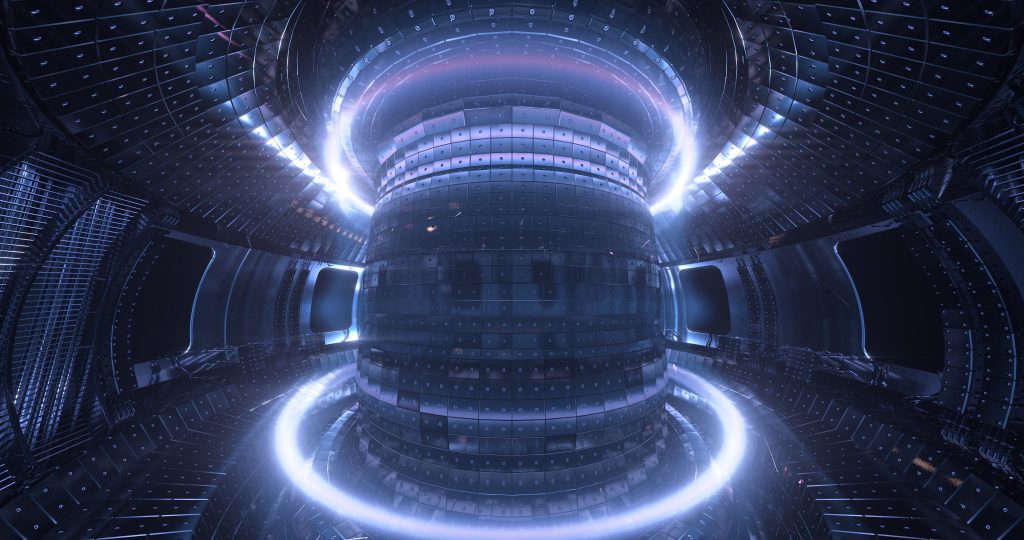Physicists have been actively pursuing fusion energy since the early 20th Century. Low energy deuterium-deuterium (D2-D2) reactions were achieved using particle acceleration almost ten years before the Manhattan Project yielded the world’s first atomic weaponry, but fusion research only began in earnest at the closing of World War 2. Physicists have experienced numerous significant breakthroughs over the years, but still struggle to reconcile many of the inherent challenges of nuclear fusion. Cautious estimates suggest that fusion research will not yield a commercially-viable reactor for another fifty years.

Still, the theoretical energy yields from achieving fusion on earth – notwithstanding the countless benefits associated with eliminating harmful emissions – continue to justify the time and cost expended on fusion research to date. This is underlined by the emergence of novel instruments capable of supplying more robust and quantitative measurements from existing fusion research equipment, such as tokamak devices.
In this blog post, we will explore three of the devices supplied by Hiden Analytical that are advancing the field of fusion research.
Fusion Research with DLS Series Mass Spectrometers
DLS Series quadrupole mass spectrometers are engineered for ultra-sensitive fusion fuel gas analysis. These systems are equipped with a threshold ionization mass spectrometry (TIMS) mode which can reliably distinguish between elements of similar atomic mass by controlling the energy of the electrons emitted within the ionisation source and generating distinct fingerprints for the species of interest. This has proven remarkably beneficial for fusion research as the integral isotopes deuterium and helium (4He) represent near-identical atomic mass values. They are separated by a mere 0.0254 amu, which complicates fuel purity validation using conventional mass spectrometry tools.
The DLS Series is comprised of three distinct quadrupole mass spectrometers with unique fusion research capabilities.
- DLS-1: provides real-time quantitation of multiple gas species in complex mixtures with a mass range of 1 – 200 amu, and a sensitivity of D2 in helium of 100 parts per million (ppm).
- DLS-10: offers ultra-high resolution with a mass range of 1 – 10 amu with mass separation of 0.006 amu, and a sensitivity of D2 in helium and helium in D2 to 10 ppm.
- DLS-20: provides innovative dual-zone switching to enable both ultra-high resolution mass spectrometry and quantitative analysis of light gaseous species and helium isotopes for unmatched fusion research capabilities, with sensitivity to 1 ppm.
These units are individually suited for fusion research applications with the capacity to eliminate existing uncertainties that have complicated fusion experiments for decades. It is now possible to quantitatively measure and validate fuel purity using a combination of mass spectrometry and TIMS software analysis. The DLS-10 and DLS-20 mass spectrometers include the added advantage of operation of the quadrupole in the stability zone H, for ultra-high resolution with peak widths to 0.003 amu.
This represents significant potential for enhancing the accuracy and repeatability of fusion research experiments. The promise of the DLS Series’ unparalleled accuracy is particularly exciting for analysing various D2 cycles in tokamak reactors, which are widely considered the most viable fuel sources for achieving sustainable fusion on earth.
Fusion Research with Hiden Analytical
Hiden Analytical is a world leader in the development of novel mass spectrometers for advanced research applications. Our instruments are already demonstrating their outstanding potential in fusion research and fuel validation for the next generation of energy technologies. If you would like any more information about our dedication to fusion research, explore some of our other resources below:
Otherwise, contact us directly with any questions.

